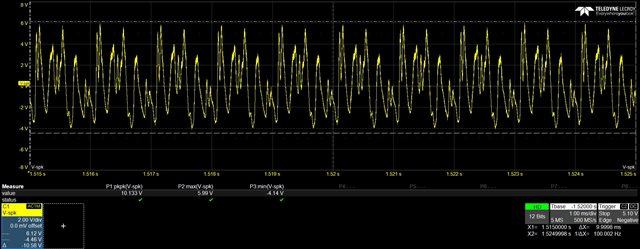Tool/software:
Hi Ivan,
- How is the THD+N measured in case of a smart amplifier like TAS2563? Is it any different from the normal Class-D amplifier?
- We measured the electrical signal output distortion and notice that the peak captured is more dominant at 3K and 5K than the input frequency 1K sent. This was captured at a higher volume (Vol Level=9). The sine wave measure is attached below as well. Kindly let us know your inputs. Also, we observe that the THD+N captured at 1K is not in aligned with the datasheet value.
Fig 1: THD+N electrical output at 1K Sine input with dominant 3K and 5KHz at Vol level=9 (DVC value=0x0FEC9E0F)
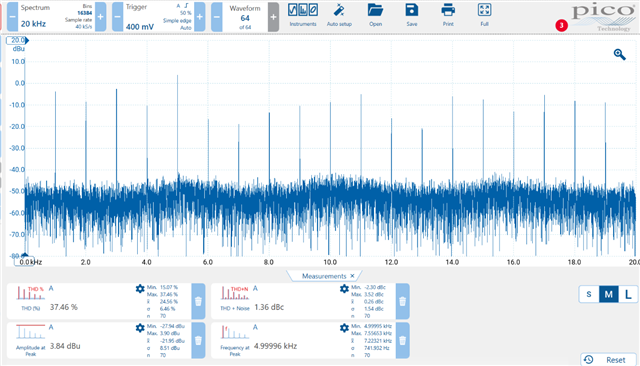
Fig 2: Input signal Sine 1KHz signal at Vol level=9 (DVC value=0x0FEC9E0F)
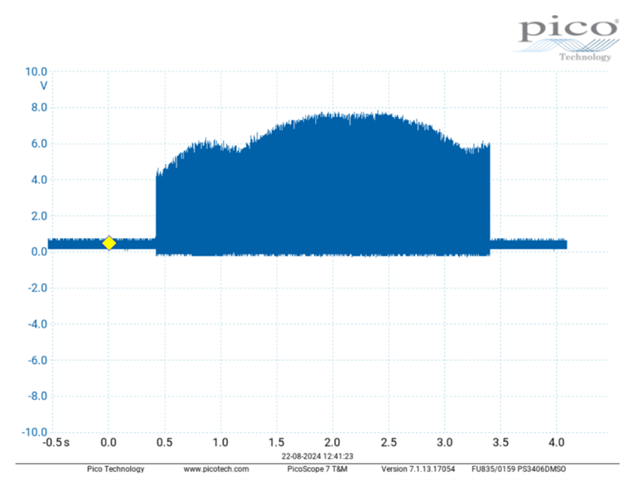
3. However, with the volume level being lowered, we expected the THD+N value might have a decrease, but it still is dominant at 3K and 5KHz. This was captured at a lower volume (Vol Level=1). The input Sine wave is much linear in this case.
Fig 3: THD+N electrical output at 1K Sine input with dominant 3K and 5KHz at Vol level=1 (DVC value=0x0656EE3D)
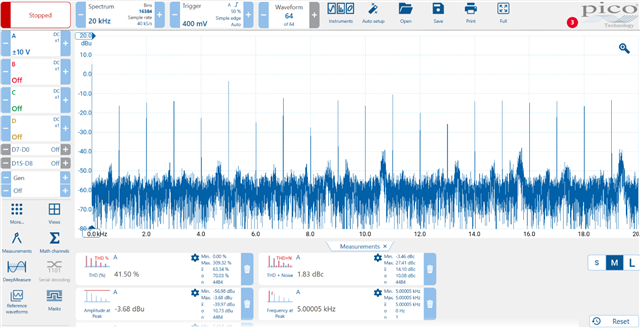
Fig 4: Input Sine 1KHz signal at Vol level=1(DVC value=0x0656EE3D)
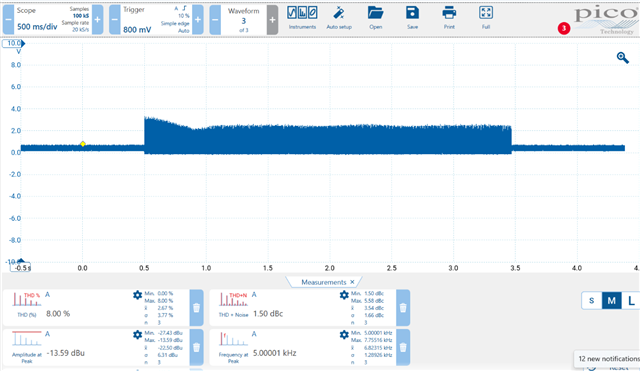
4. Also, what is the recommended distance from the speaker to mic for testing SPL and other parameters in case of miniature speakers.
BR,
Rekha


